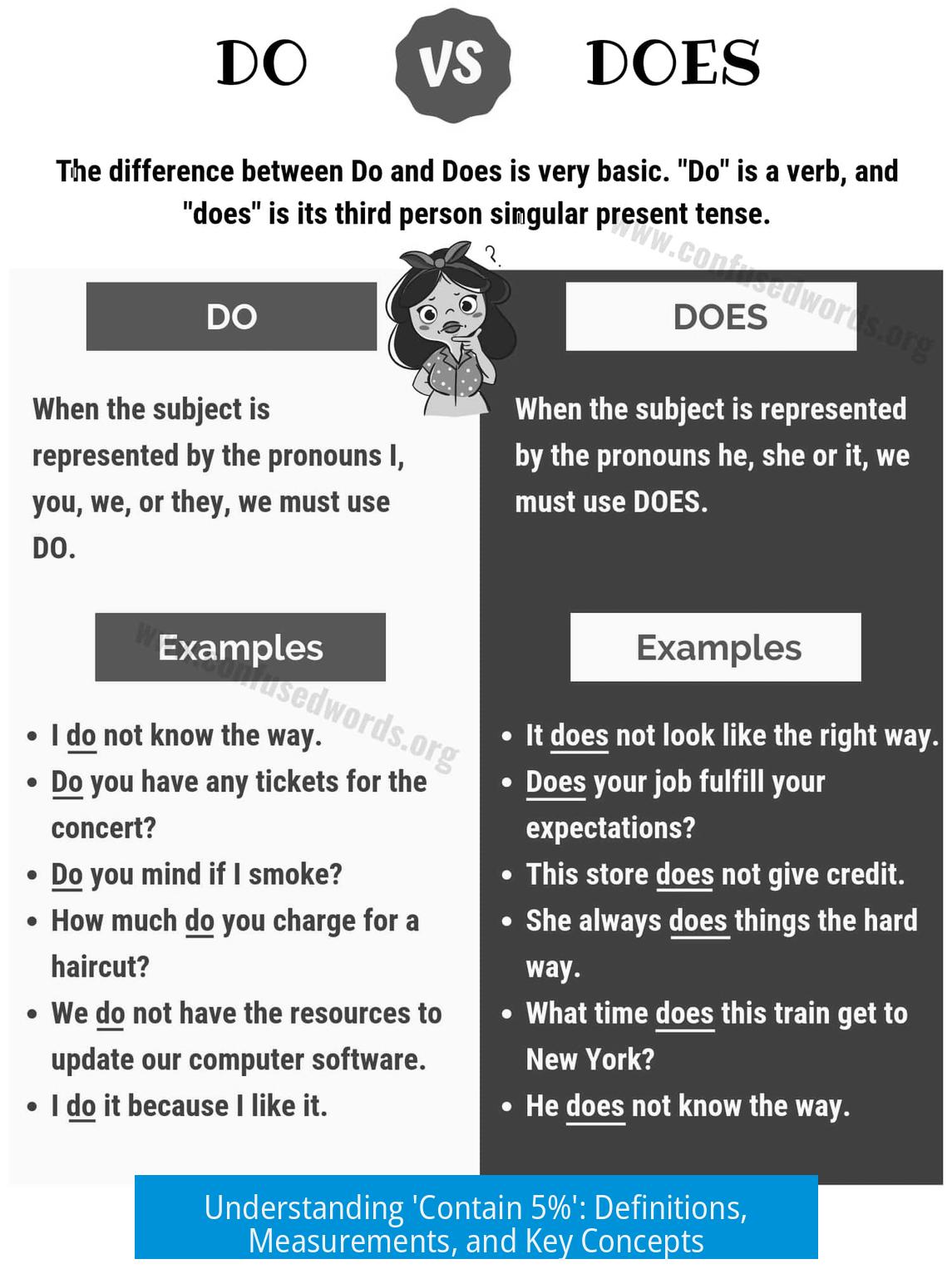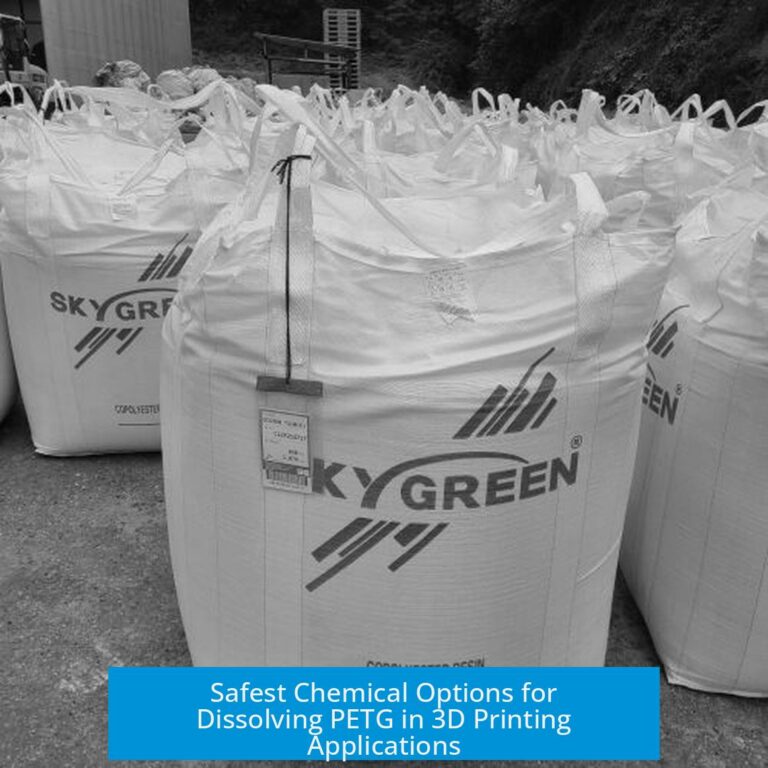What Does ‘Contain 5%’ Mean?

‘Contain 5%’ means that a substance is present as 5 parts out of every 100 parts of the entire mixture or solution. The specific interpretation depends on the state of matter and measurement basis, such as volume, mass, or mole fraction.
Interpretations Based on State of Matter
In liquid/liquid systems, “contains 5%” usually refers to volume percentage. For example, 1 liter of solution contains 0.05 liters of the pure component. However, volumes may not add up exactly due to physical changes after mixing, such as contraction or expansion.
For solid/gas or solid/solid mixtures, which are condensed systems, 5% typically means mass percent. In a saltwater solution, 5% salt means 0.05 kg of salt per 1 kg of solution, the rest being water.
Measurement Basis: Weight, Volume, or Mole Fraction
The percentage can be based on:
- Weight (mass percent)
- Volume (volume percent)
- Mole fraction (common for gases)
For liquids, volume percentage often applies, but there are subtleties:
- 5 mL of a substance added to 95 mL of solvent (total may differ from 100 mL)
- 5 mL added then diluted to 100 mL total volume
These approaches lead to different concentrations because volumes are not necessarily additive.
Common Conventions and Notation
Typically, 5% in solids means mass percent: 100 g contains 5 g of the substance. For liquids, volume percent is usually implied. For gases, molar percentages are common.
To avoid ambiguity, notation is essential:
- (w/w) = weight/weight
- (v/v) = volume/volume
- (m/v) = mass/volume
This clarifies how “5%” is calculated and understood.
Basic Concept of Percentage
Percent refers to the proportion of a component relative to the total amount, expressed as parts per hundred. Understanding this requires fundamental math concepts of ratios and percentages.
Key Takeaways
- “Contains 5%” means 5 parts per 100 parts of the mixture.
- Interpretation depends on measurement basis: mass, volume, or mole fraction.
- Liquids usually use volume percent; solids use mass percent; gases use mole percent.
- Volume changes upon mixing can affect actual concentrations in liquid solutions.
- Notation (w/w), (v/v), or (m/v) is critical for clarity.
What does “contain 5%” mean in a liquid mixture?
In liquids, “contain 5%” usually means 5% by volume. For example, 1 liter of mixture has 0.05 liters of one component. However, volumes may not add up exactly due to expansion or contraction after mixing.
How is “contain 5%” interpreted for solid mixtures?
For solids or solid dissolved in liquids, “contain 5%” generally means 5% by mass. So, 100 grams of a mixture contains 5 grams of the solid substance.
Why is it important to specify (w/w), (v/v), or (m/v) after the percentage?
These notations clarify the basis of the percentage: weight/weight, volume/volume, or mass/volume. This avoids confusion, as the meaning of 5% changes with the measurement method.
Can “contain 5%” refer to molar fractions?
Yes, especially for gases. A 5% amount can mean 5% of moles in a gas mixture instead of volume or mass.
Does “contain 5%” always mean exactly 5 parts per 100 parts by volume or mass?
Not always. The actual amount can differ because volumes can contract or expand when mixed, and percentages might be based on different measurement methods like weight, volume, or moles.





Leave a Comment